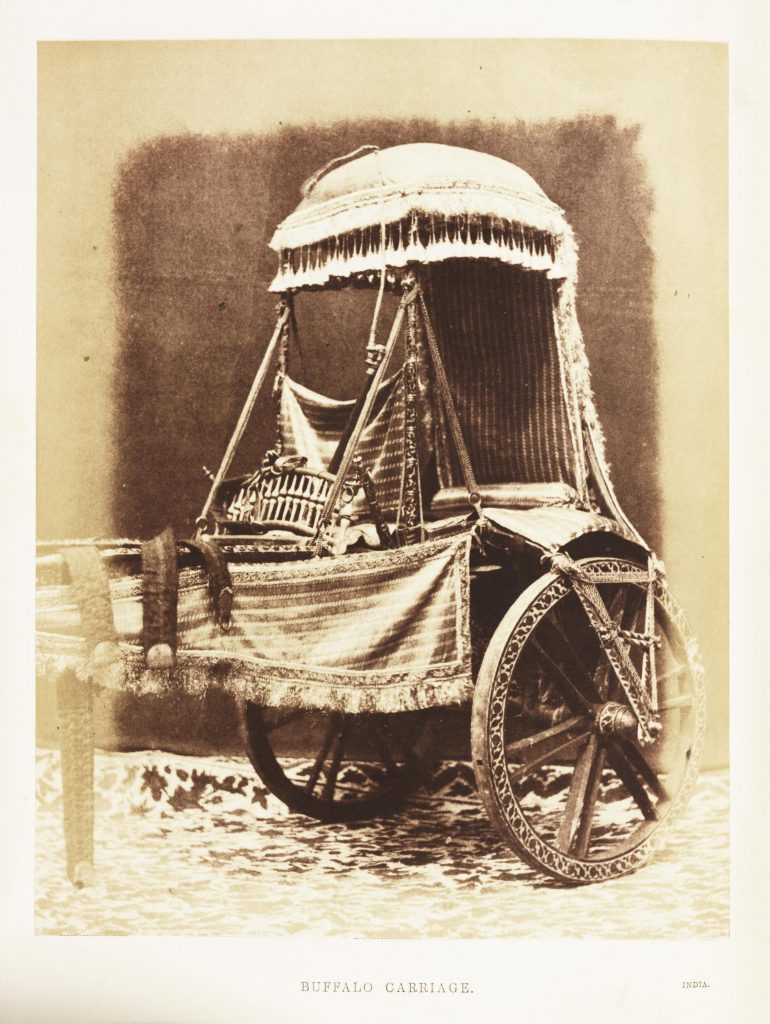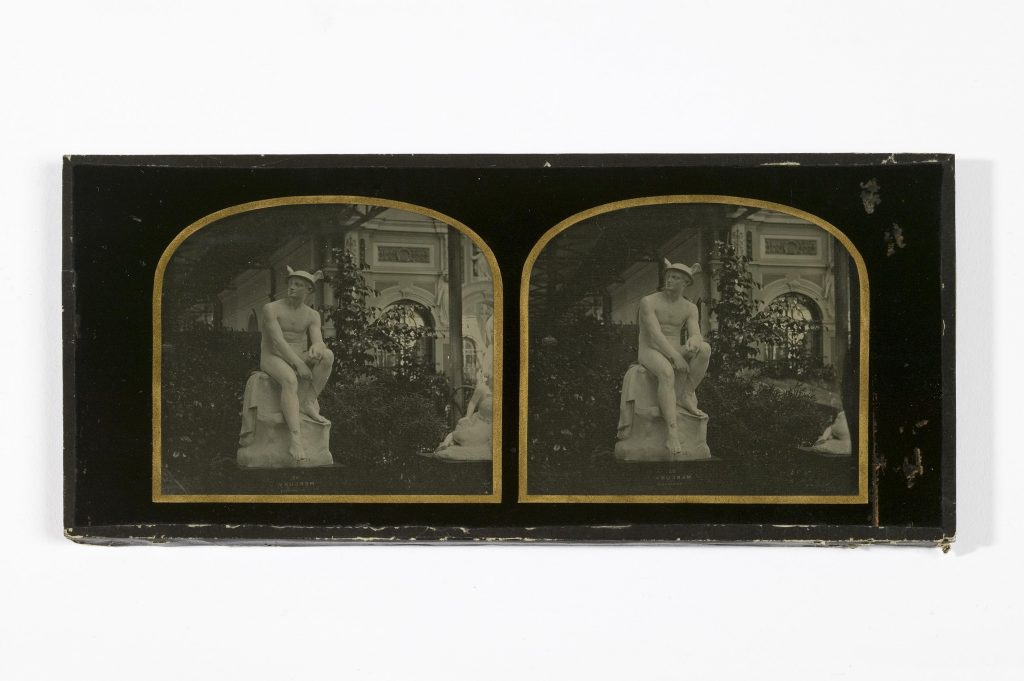Please note: This post is about Manchester Science Festival 2017. To find out what exhibitions and activities are open today, visit our What’s On section.
The event is inspired by the 1851 Great Exhibition of the Works of Industry of All Nations, which was a similar showcase of innovation, but with a focus on manufacturing and industry. We are supplying digital copies of images and objects from our archives that the team over in Talbot Mill will use in their displays. In this blog post, I’ve picked out a few things that you can expect to see.
The Great Exhibition was conceived as a platform to bring together the greatest works in manufacturing from across the British Empire to display for an international audience. With over 100,000 objects on display, it was a truly massive demonstration. Here are just a few objects that were featured.

© National Science and Media Museum, Bradford / SSPL. Creative Commons BY-NC-SA
This vacuum apparatus was used in the manufacture of sugar. The large chamber was designed to create a low-pressure environment which allowed water to evaporate at lower temperatures than usual. Essentially, sugary water was put into the chamber, and once the water had evaporated you would get grains of sugar, much like we use today. By reducing the temperature at which water boiled, this machine saved a lot of energy (and therefore money) for the manufacturer. Sweet!

© National Science and Media Museum, Bradford / SSPL. Creative Commons BY-NC-SA
The Great Exhibition had themed sections, including ones for products that came from abroad, reaching as far as India. Highlights from the section on India included this small carriage, which was apparently designed to be pulled by water buffalo. Another object from this section was the then largest known diamond; the Koh-i-Noor or ‘Mountain of Light’, which had been acquired by Queen Victoria after Britain conquered the Punjab region of India. The diamond still adorns the crown jewels today.

© National Science and Media Museum, Bradford / SSPL. Creative Commons BY-NC-SA
This image is of a Nasmyth steam-powered hammer. Steam was used to raise the body of the hammer, which was then dropped for a full weighty effect. This was first thought up by James Watt in 1784, but was not realised until 1840 when James Nasmyth and Francoise Bourdon both developed working versions of the hammer (and proceeded to fight over who copied who). This steam hammer was often used in forging metal due to its ability to concentrate great force over small areas.
These images are by Claude Marie-Ferrier, who took photographic images of the Great Exhibition alongside Hugh Owen and compiled a four-volume book entitled Reports by the Juries, illustrated with 155 photographs. Only 140 sets of these volumes were produced, to be presented to a few of the exhibitors who had objects featured in the images. These images are the most complete photographic record of the Great Exhibition, and also include photographs of the building that housed it: The Crystal Palace.

© National Science and Media Museum, Bradford / SSPL. Creative Commons BY-NC-SA
The iron and glass building was designed by Joseph Paxton, a greenhouse builder, and consisted of 300,000 panes of glass and stretched for over 10 miles. The result was an awe-inspiring building that was as much a work of art as it was a feat of engineering.

© National Science and Media Museum, Bradford / SSPL. Creative Commons BY-NC-SA

© National Science and Media Museum, Bradford / SSPL. Creative Commons BY-NC-SA
However, it is not just the Great Exhibition that has inspired Cornbrook Collective. This year marks 160 years since the 1857 Manchester Arts Treasures Exhibition. This was an exhibition with the aim of showcasing fine art from across the world and to mark Manchester as a city of culture on par with London and Paris. Over 16,000 works were displayed and an estimated 1.3 million people (4 times the population of Manchester at the time!) came to visit the exhibition during the 142 days it was open.
The art on display included paintings, ceramics, tapestries, glass, furniture, music, and more, and culminated in one of the largest (if not the largest) art exhibitions of all time. It is in this spirit of celebrating Manchester’s legacy that Cornbrook Creative will be taking some of our objects and providing a modern twist to them. For instance, below we have two stereoscopic photographs taken at the arts exhibition.

© Museum of Science and Industry, Manchester / SSPL. Creative Commons BY-NC-SA

© Museum of Science and Industry, Bradford / SSPL. Creative Commons BY-NC-SA
A stereo-photograph is made up of two separate photographs that have been taken at slightly different angles. When put in a special stereo-viewer these overlay into a 3D image. It’s a simple technique, but it looks amazing, and never fails to get an ‘oooh’ when I’ve shown images to visitors. This is the principle that underpins things like VR headsets or Google Cardboard, and indeed, Cornbrook Creative will be showing off these spectacular images with their own viewers that visitors can use.
On the subject of 3D, the team from the Grand Exposition will be showcasing the latest in 3D printing by making copies of some objects from our collections, including this medallion.

© Museum of Science and Industry, Manchester / SSPL. Creative Commons BY-NC-SA
Recently, a few members from Cornbrook Collective came over to the museum with a 3D scanner and spent the day going over medals and plates that commemorate the Art Treasures Exhibition.


They will be printing their own copies of these objects for the Science Festival. It’s a really exciting demonstration of how 3D printing can be used by museums for collections that cannot be displayed or handled.
So here are just a few things you will be seeing from our museum at A Grand Exposition, but there’s lots more going on both at Talbot Mill and across Manchester for the Science Festival, so check out the programme here.